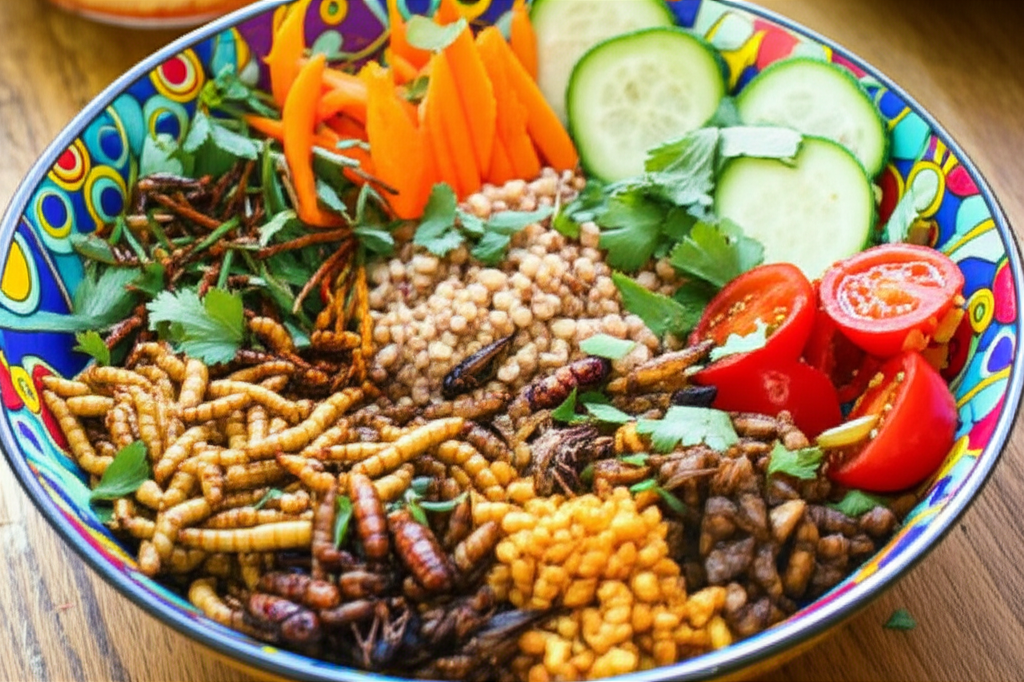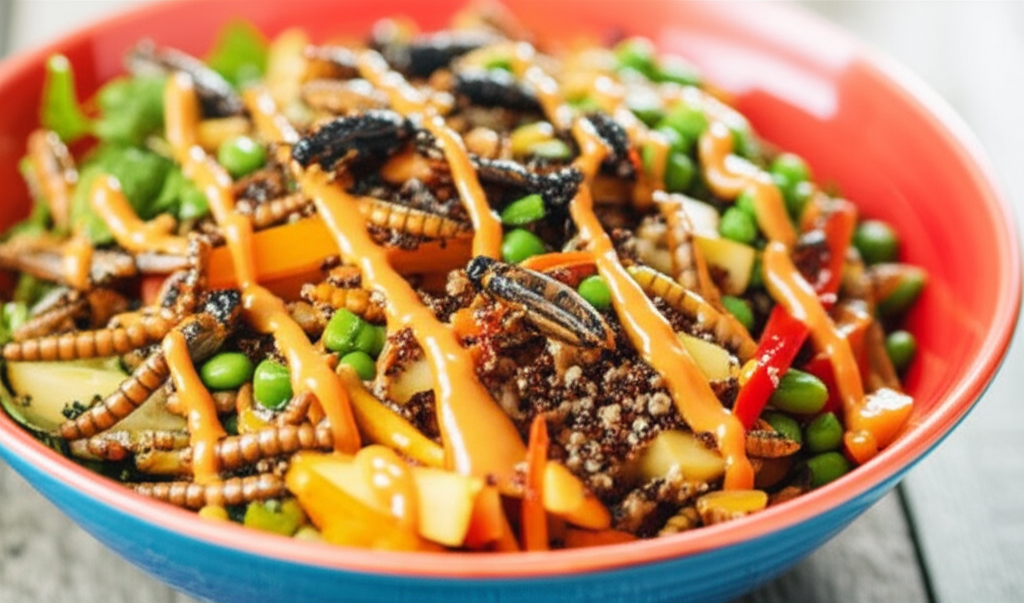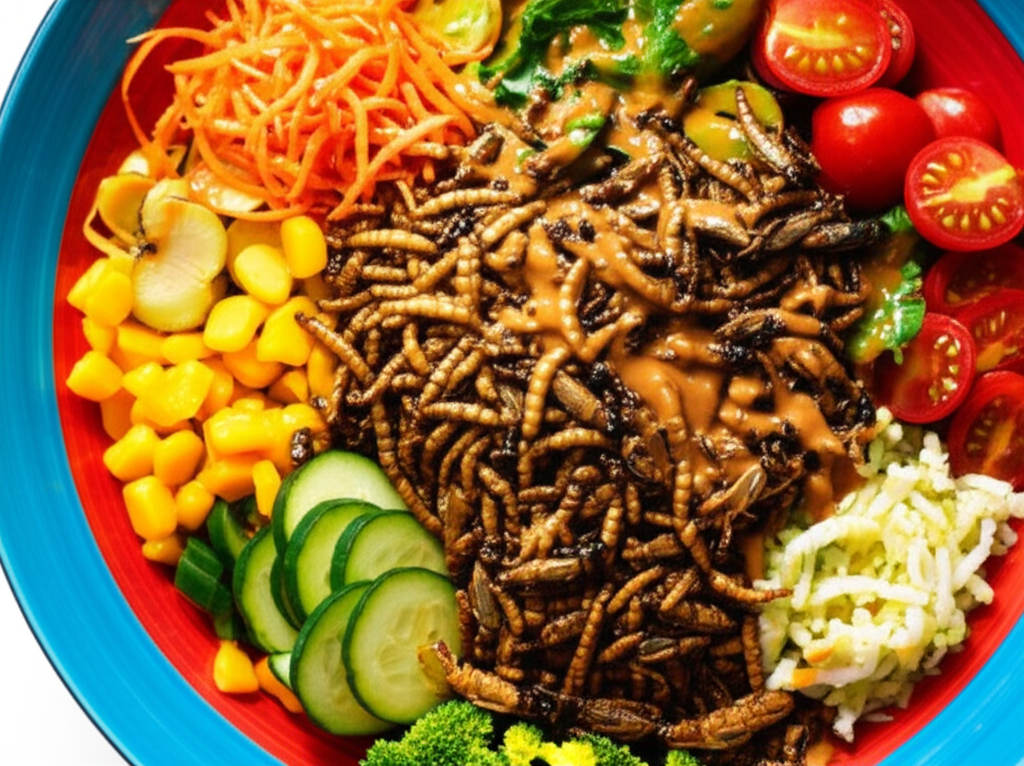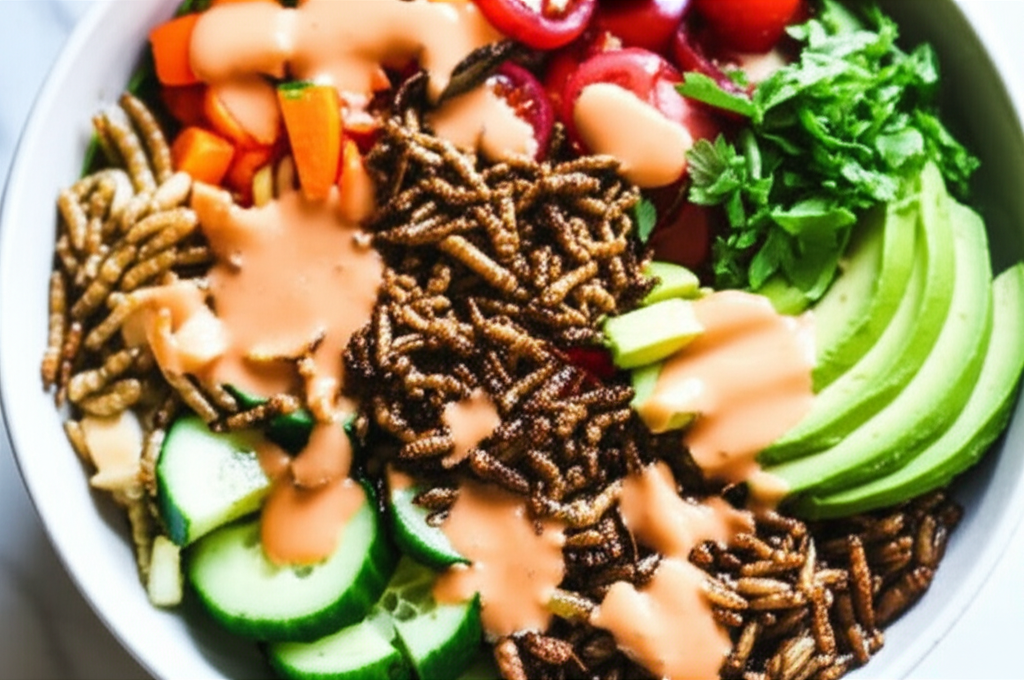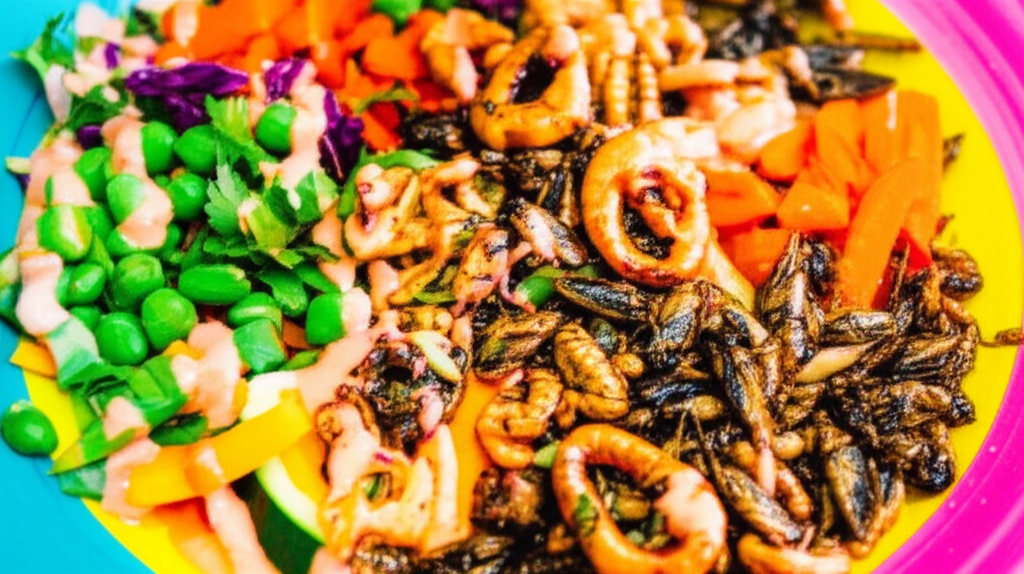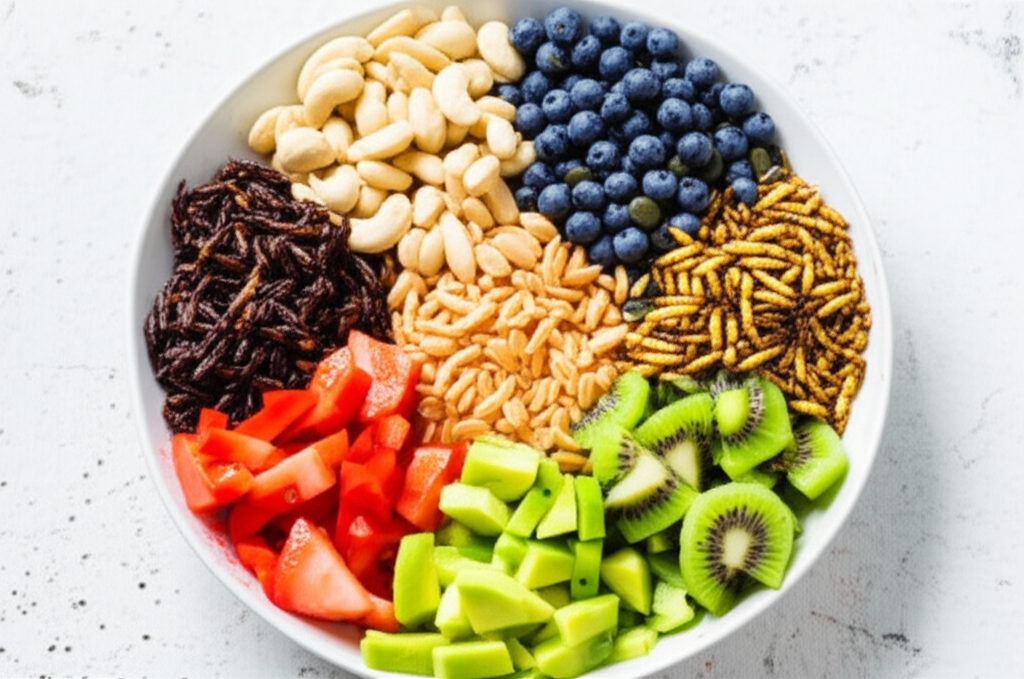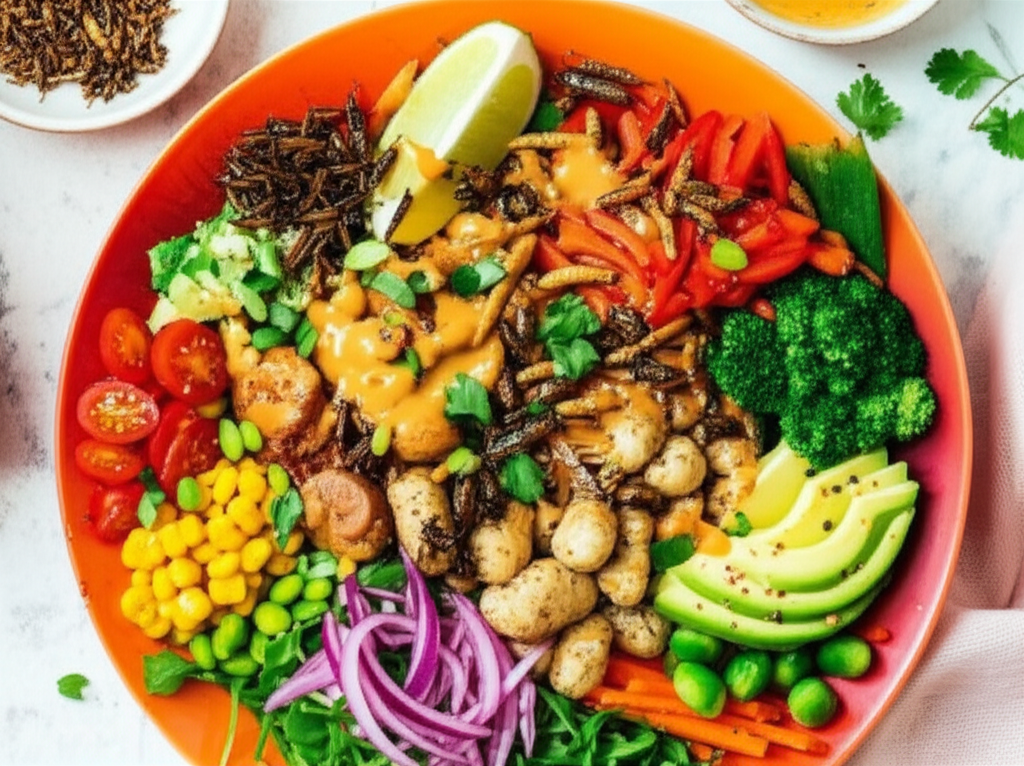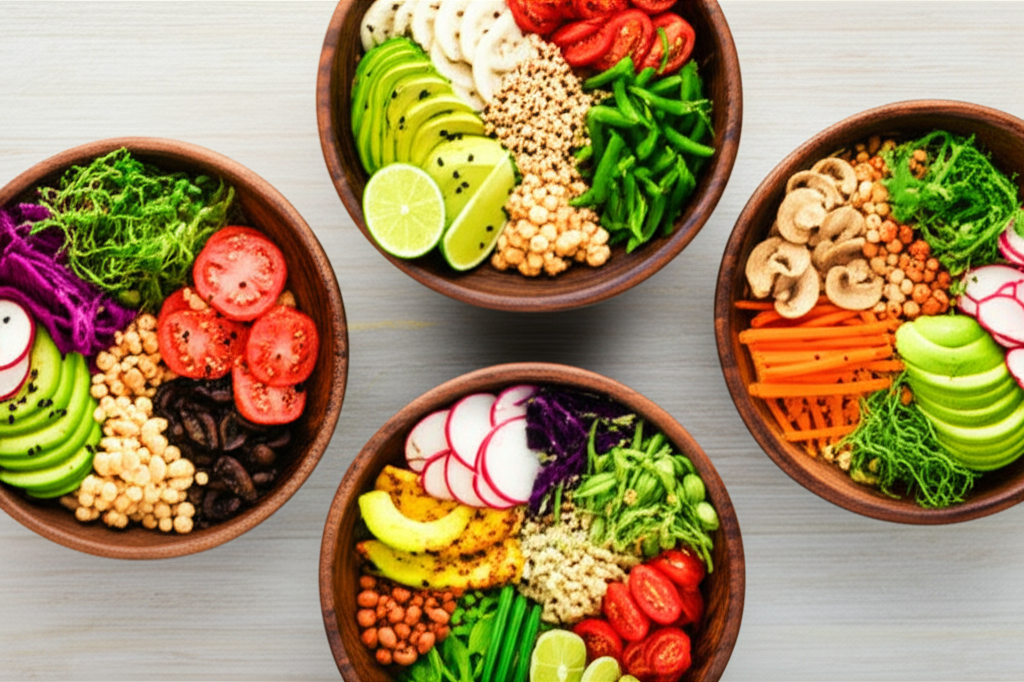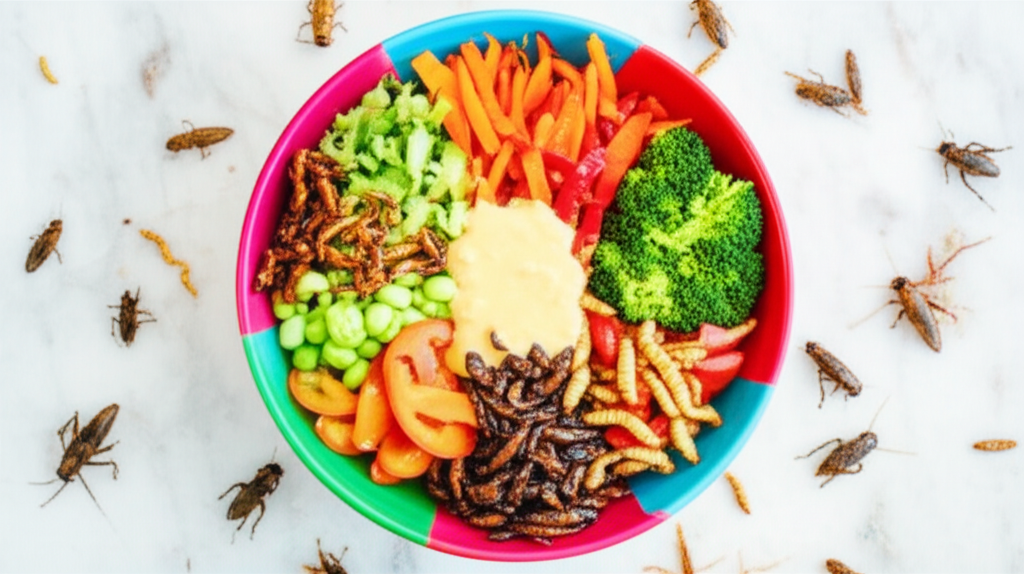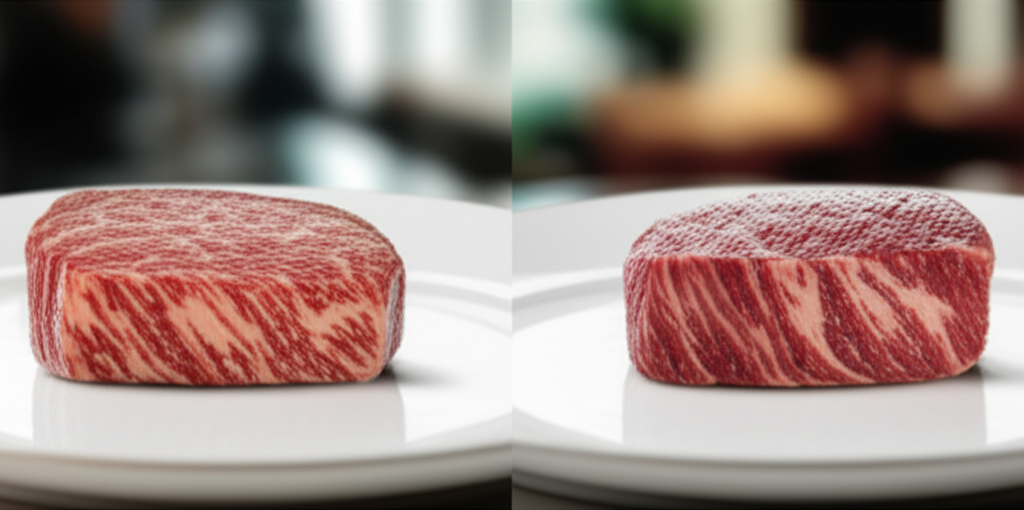Unique and Exciting Flavors: Discover Diverse Tastes Beyond the Familiar
Forget everything you think you know about "bug" food. The world of edible insects offers a surprisingly diverse and exciting range of flavors, far beyond the preconceived notions many hold. These flavors are heavily influenced by the insect's diet, its preparation, and the accompanying ingredients. Don't be afraid to explore!
Cricket flour, for instance, possesses a subtly nutty and earthy profile, often described as similar to toasted nuts or even a mild shrimp flavor. This makes it an incredibly versatile ingredient, easily incorporated into a variety of dishes without overpowering other flavors. Its mild taste is particularly well-suited to power bowls, acting as a base for bolder additions.
Mealworms, on the other hand, offer a more pronounced, savory taste. Depending on how they're prepared (roasted, sautéed, or fried), their flavor can range from a slightly cheesy, nutty note to a heartier, meaty texture reminiscent of bacon or chicken. Their versatility allows them to be a star ingredient, adding a delightful textural contrast.
Grasshoppers, depending on their species and diet, present a surprising array of tastes. Some boast a delicate, slightly sweet flavor, while others possess a more robust, earthy profile. Their preparation method significantly influences their final taste – roasting brings out a nuttiness, while frying can accentuate their inherent savoriness.
To fully appreciate the unique flavor profiles, consider these pairings:
- Cricket flour: Pair with sweet potatoes, avocado, and a light citrus dressing for a naturally sweet and savory bowl.
- Mealworms: Roast them with spices like paprika and cumin, then incorporate into a bowl with hearty greens and a vibrant tahini dressing.
- Grasshoppers: Toss roasted grasshoppers with a spicy peanut sauce for an adventurous, flavor-packed bowl.
Experimentation is key! Don't hesitate to try different combinations of insects and complementary ingredients to discover your personal favorite edible insect power bowl recipes. The culinary possibilities are virtually endless. You might be surprised by what delicious discoveries await.
